Bobcat fire burn area will mostly reopen Friday. Here’s what hikers need to know

- Share via
The Bobcat fire started on a blisteringly hot day in September 2020 in the forest above Azusa. It would burn more than 115,000 acres, from Azusa in the south to Littlerock in the north, and shut a huge swath of the Angeles National Forest for two years. During that time, forest personnel and trail volunteers worked to assess damaged areas and repair trails and roads. Now, the two-year closure is up. About 60% of the burned area will reopen Friday, according to Dana Dierkes, public affairs officer for the Angeles National Forest.
What will open: Trails in the Mt. Waterman area, specifically Mt. Waterman Trail, Mt. Islip Trail, Dawson Saddle Trail, Cloudburst Summit, Charlton Flats Picnic Area, Devil’s Canyon Trail, Little Jimmy Campground (a walk-in backcountry campground) and Buckhorn Campground, about 36 miles north of La Cañada Flintridge on the Angeles Crest Highway, as well as areas along Angeles Crest Highway east of Shortcut Saddle. Also the popular Devil’s Punchbowl Natural Area in Pearblossom, managed by L.A. County Department of Parks & Recreation, will reopen Friday.
What will remain closed: Chantry Flat in Big Santa Anita Canyon north of Arcadia and more remote forest areas that will be detailed in a new Forest Service order. Big Santa Anita Canyon is known for the string of cottages that line a sylvan creek as well as the historic Sturtevant Camp, which until the fire was open to all who wanted a nearby respite from the urban grind. The canyon also is home to Sturtevant Falls, a year-round waterfall that’s a rarity in L.A.’s drought-leaning landscape. Cabins were lost in the fire, trails eroded and unpassable. Work by volunteers permitted to be in the canyon — at one time using a 15-foot ladder to bring in supplies where the trail had washed out — continues. Check out the Sturtevant Camp’s blog to see recent photos and read about updates.
But back to the parts of the burn area set to reopen. Don’t expect trails to be in perfect shape; it will take years to assess and repair trails and roads that were damaged in the Bobcat fire, Dierkes said. Here are some things to keep in mind when you return to the newly reopened trails:
1. Stay out of areas that remain closed.
2. Exercise caution on the trails and recreate responsibly (embracing “leave no trace” principles).
3. Don’t try to cross a landslide or missing trail, even if that means you need to turn around and go back the way you came.
4. Make sure you wear hiking boots with good traction to keep you safe while trekking in damaged areas.
5. Watch out for dead, burned trees that are still standing. The trees may create a hazard because they aren’t stable and could fall down.
4 things to do this week
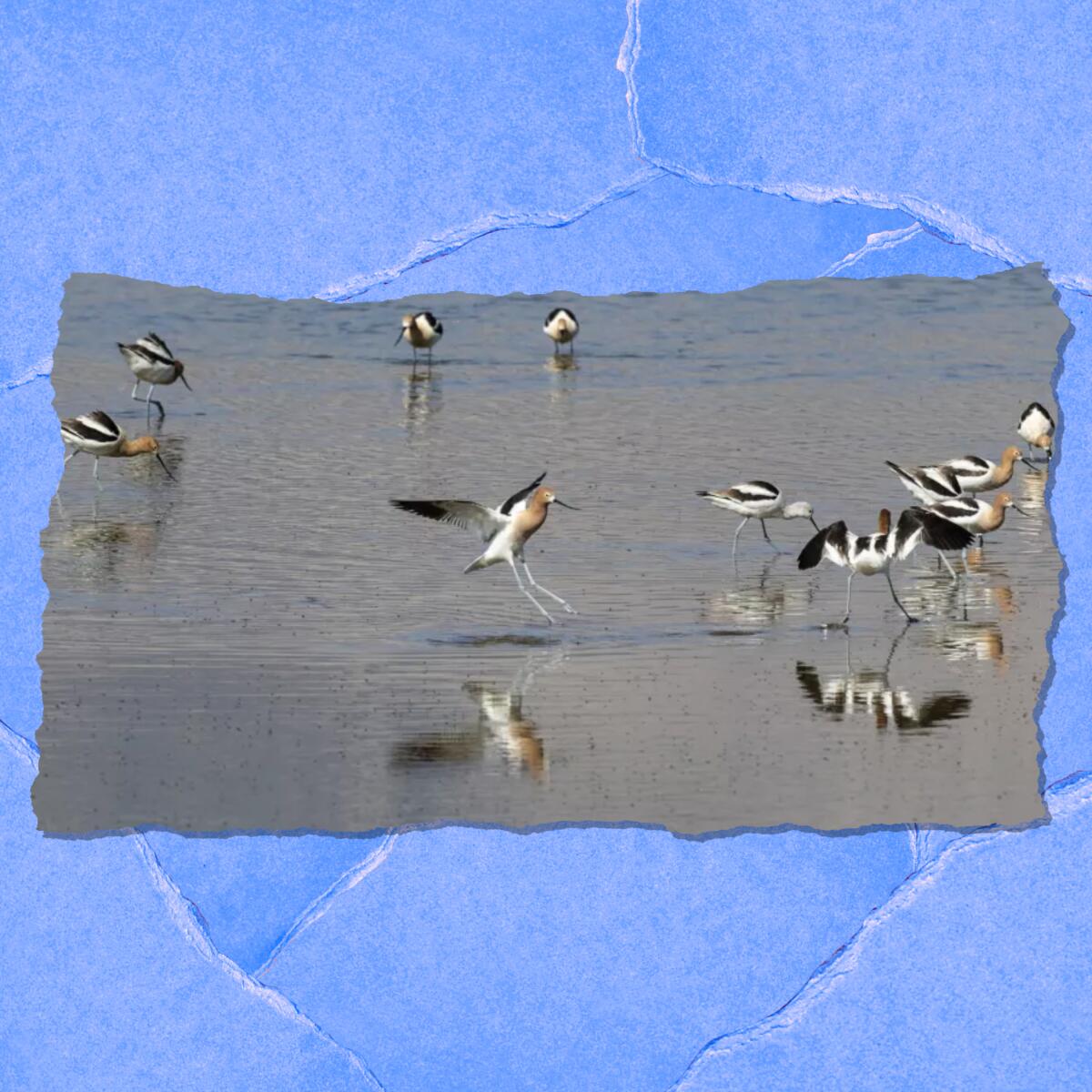
1. Sign up for an online talk about the return of water to the Owens Valley in the Eastern Sierra. Once upon a time (more than 100 years ago), Los Angeles grabbed water from the Owens River to feed the city’s soaring growth. It diverted water from 200 miles away with the California aqueduct, touching off decades-long water wars between the city and Owens Valley farmers and ranchers. Nowadays, the result of a 2001 court-ordered return of water to what was a toxic dust bowl brings the return of wildlife. In 2018, Owens Lake was designated a Western Hemisphere Shorebird Reserve Network site of international importance. Desert activist Mike Prather will talk about what’s called “the dust mitigation project” and how the valley has become a stopover for migrating birds. Join the Zoom event hosted by Desert Survivors and the Sierra Club’s Range of Light Group from 7 to 8 p.m. Sunday.
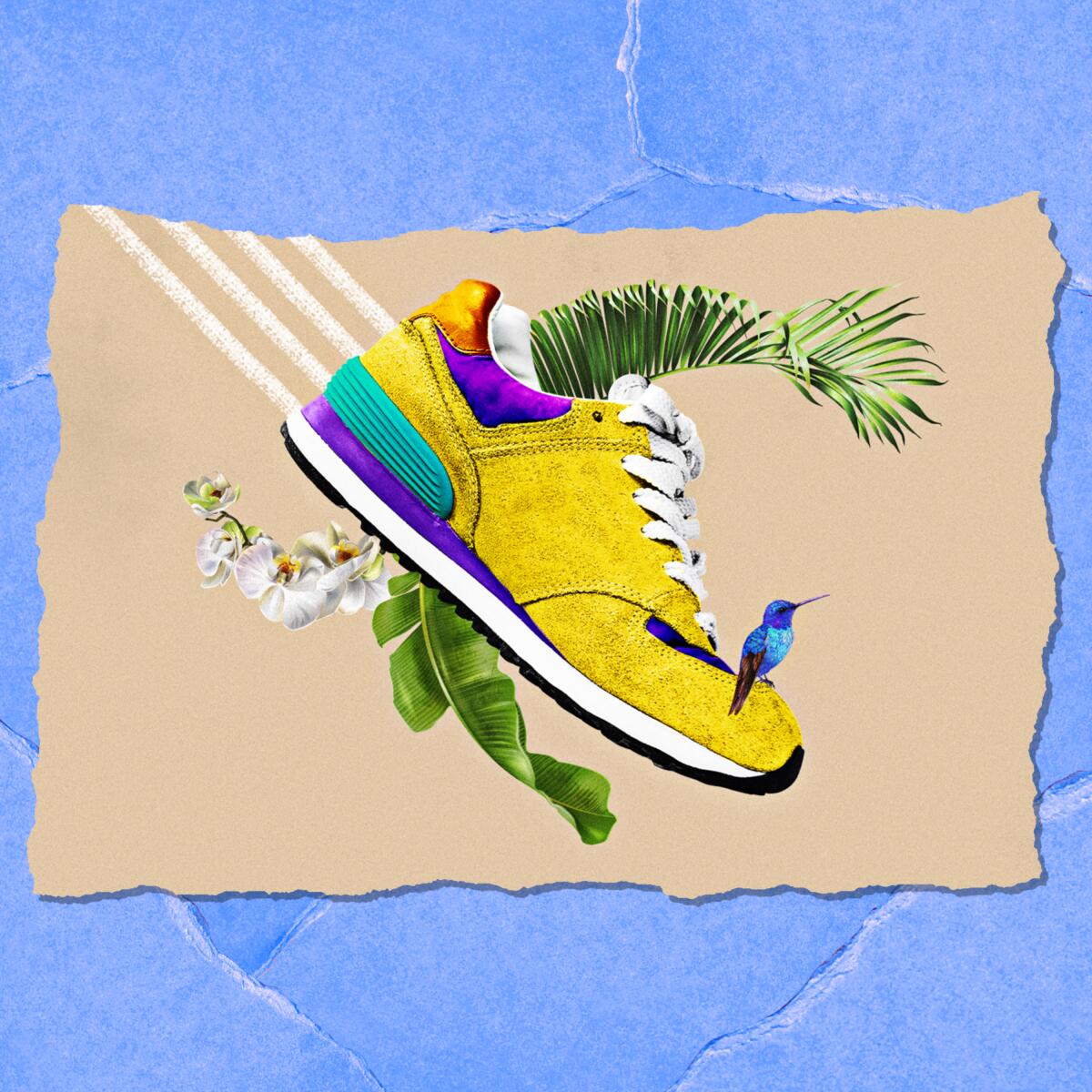
2. Get light on your feet and collect a medal at these ridiculously fun SoCal races. What if you could notch a 5K with a big helping of whimsy? Consider the Bubble Run in Pomona on April 9 that promises “a pre-party with giant foam cannons spewing bubbles, followed by multicolored bubbles during the race and a ‘mini-music festival’ after-party with even more suds.” according to The Times’ Jessica Martinez. Or maybe the Tacos ’n Beer run in South El Monte on April 30 or the Color Run in Carson on June 11. Those are just a few of the fun runs you can sign up for right now.
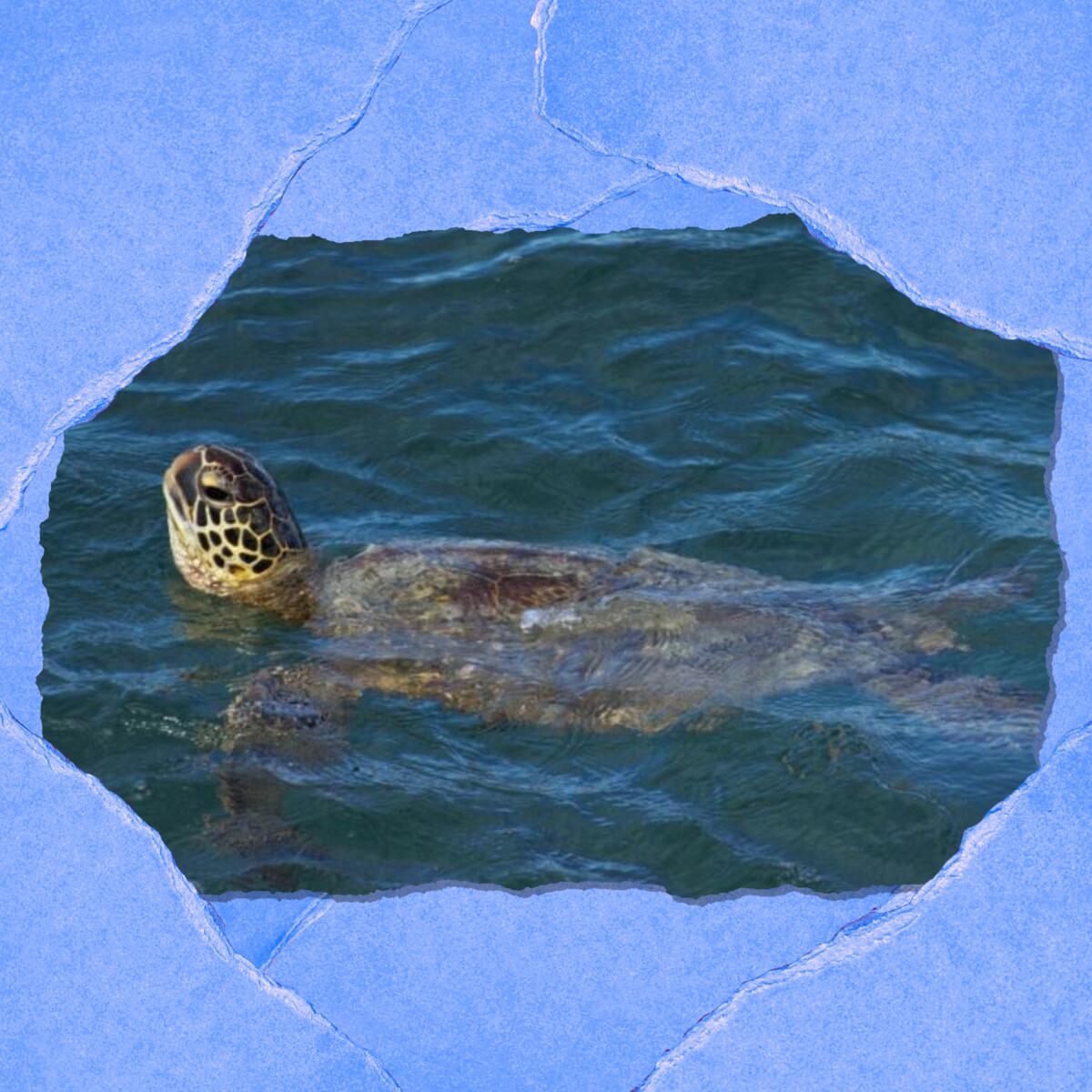
3. Take a nature walk to look for Pacific green sea turtles at the mouth of the San Gabriel River. Earlier this month, I wrote about the fact that more and more Pacific green sea turtles are settling in Southern California. One well-known colony of turtles lives at the end of the San Gabriel River between Long Beach and Seal Beach. You may be able to catch a glimpse of them in the water from land during a free two-hour hike at the Los Cerritos Wetlands. You’ll also learn about plants and wildlife at the wetlands. The hike, good for kids and adults, starts at 8 a.m. Saturday; park at Pacific Coast Highway and 1st Street. RSVP and get details by emailing elizabeth@lcwlandtrust.org.
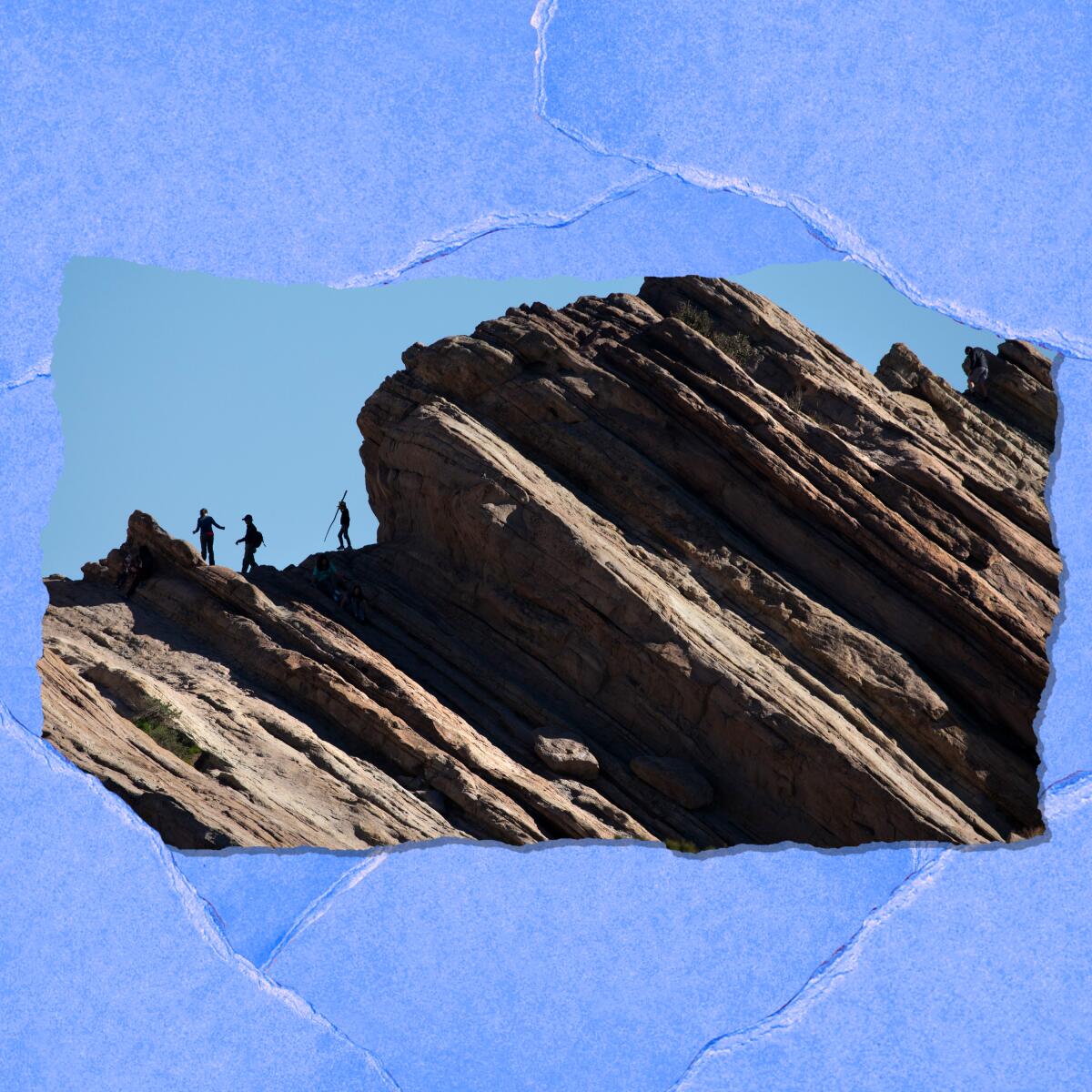
4. Become a docent at one of L.A.’s funkiest high-desert landscapes. Vasquez Rocks Natural Area in Agua Dulce is looking for volunteer docents to learn about the spectacular rock formations and history of the area. By the way, the park is named after Tiburcio Vásquez, who ran with a gang of robbers, cattle rustlers and murderers in the mid-19th century (he eventually was hanged for his crimes in 1875). Vásquez hid out in the maze of rock faces to elude authorities. During training, you’ll learn about how to lead group hikes and programs, the cultural and indigenous history of the park as well as the ecology and geology of the area. Classes take place 9 a.m.-1 p.m. Saturdays from May 7 to June 11 (half of the time in the classroom and half on the trail). The training program costs $35 per person. Email sbrewer@parks.lacounty.gov to sign up.
Wild things

As many as 1 million jackalopes are thought to be lurking in the U.S. from L.A. to New York, mostly tacked to walls inside bars. What do they look like? Picture a jackrabbit body with the rack of a deer. Jackalopes are the result of a happy accident — not of nature but of two young brothers in Wyoming trying out their taxidermy skills on some recent kills in the 1930s. “By a sheer coincidence that would change the boys’ lives forever, the dead rabbit happened to slide up against the deer’s horns so as to make it appear the jackrabbit sported the rack,” according to an excerpt from the recent book “On the Trail of the Jackalope: How a Legend Captured the World’s Imagination and Helped Us Cure Cancer” that appeared in High Country News. The boys mounted the horns onto the rabbit and created the enduring mythical beast — or did they? A horned rabbit shows up in the corner of a 17th century Flemish painting. Check out the story about what has to be the most misunderstood pseudo-species on the planet.
Show time

The 94th Academy Awards on Sunday were strange, even before the Big Slap. In case you missed it, extreme athletes — surfer Kelly Slater, snowboarder Shaun White and skateboard legend Tony Hawk — appeared as presenters in a tribute to Hollywood’s most enduring fictional extreme action figure, James Bond. Their mission? Wear tuxedos, be funny and make Bond seem like an extreme bro. They mostly pulled it off, according to Outside Magazine. But Hawk had the best line, not on the show but on Twitter: “If being in every Jackass movie, xXx, Police Academy 4 and Sharknado 5 doesn’t qualify me to present at the Oscars, then your taste in movies needs readjusting.” By the way, Hawk was using a cane when he walked the red carpet (though not when he was with his co-presenters) because he’s healing up from a recent broken femur.
The must-read
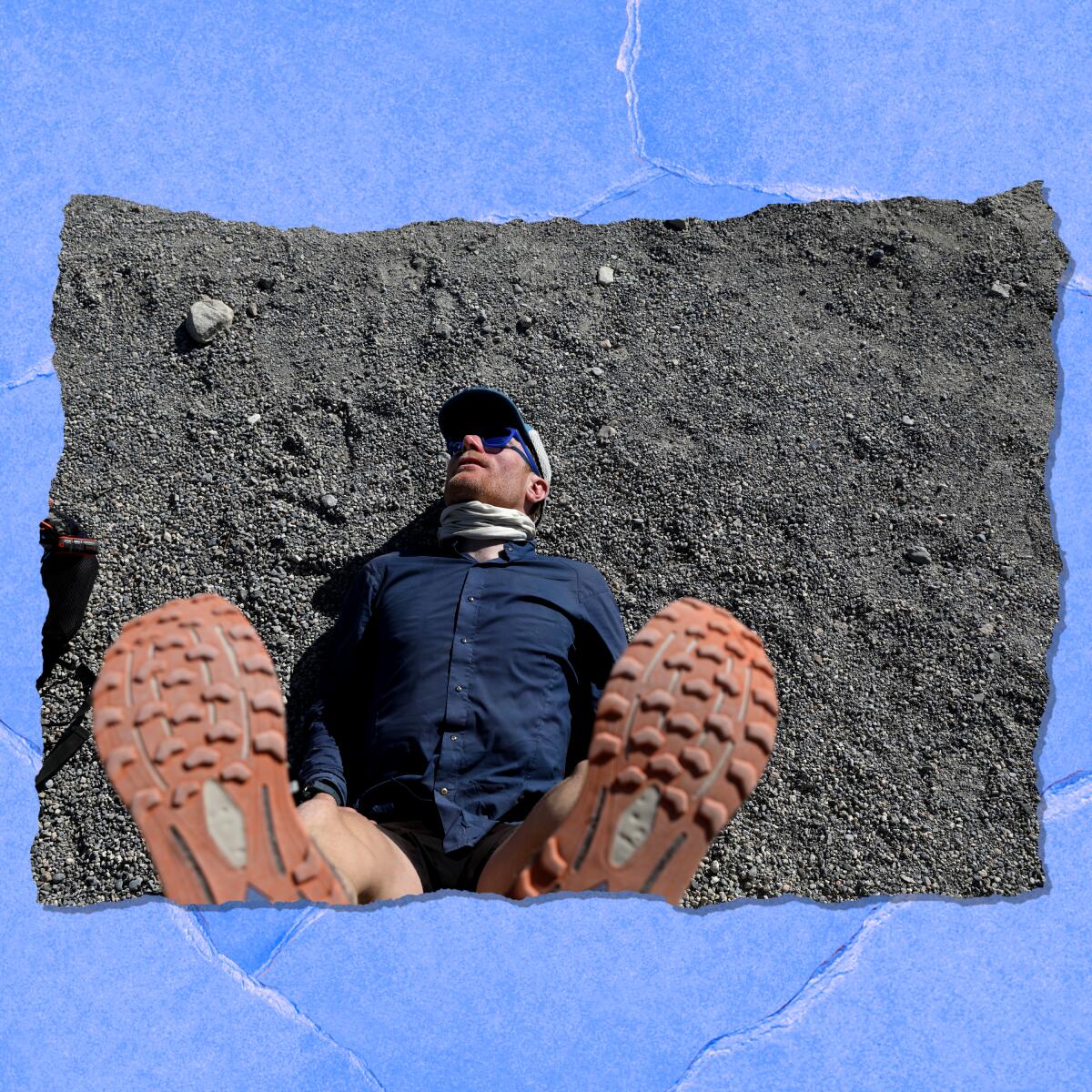
FKTs can mess with your mind. Fastest Known Times are alluring because they allow extreme athletes to create their own adventures and set their own records. But at what price? Cameron Hummels, 43, set off “to traverse the entirety of Death Valley National Park on foot in four days — cutting the previous record nearly in half,” this L.A. Times story said. A furious sandstorm, vents spewing toxic gas, his experiences chugging water laced with arsenic and having hallucinations were all part of it. No spoiler alerts from me (you’ll have to read the story).
P.S.

The late fly fisherman Lee Wulff once said: “A good game fish is too valuable to be caught only once.” Those words helped launch the catch-and-release craze, a more humane method of fishing that doesn’t deplete species of fish. That great fish you landed and posted on Instagram? Someone else will have a shot to pose with the same creature and share the same thrill. The California Department of Fish & Wildlife gives these five catch-and-release pointers for those starting out:
1. Land your fish as carefully and quickly as possible.
2. Try to avoid removing the fish from the water. Underwater unhooking and release are preferred.
3. Do not squeeze the fish or touch its eyes or gills.
4. Remove only those hooks that you can see and remove easily, otherwise clip the line near the mouth on deep hooked fish.
5. Use artificial lures (no bait) to minimize deep hooking. Barbless hooks or hooks with flattened barbs make unhooking easier and less stressful on the fish.
Here’s everything you need to know about California’s freshwater rules, and tips from the National Park Service, including how to remove the hook and the best way to photograph your catch.
Enjoying this newsletter? Consider subscribing to the Los Angeles Times
Your support helps us deliver the news that matters most. Become a subscriber.
Send us your thoughts
Share anything that’s on your mind. The Wild is written for you and delivered to your inbox for free. Drop us a line at TheWild@latimes.com.
Click to view the web version of this newsletter and share it with others, and sign up to have it sent weekly to your inbox. I’m Mary Forgione, and I write The Wild. I’ve been exploring trails and open spaces in Southern California for four decades.

Get ready for the Festival of Books
Sign up for the Book Club newsletter for a guide to the events, authors and other highlights of The Times’ annual book festival, returning in-person April 23-24 to the USC campus.
Sign up for The Wild
We’ll help you find the best places to hike, bike and run, as well as the perfect silent spots for meditation and yoga.
You may occasionally receive promotional content from the Los Angeles Times.




